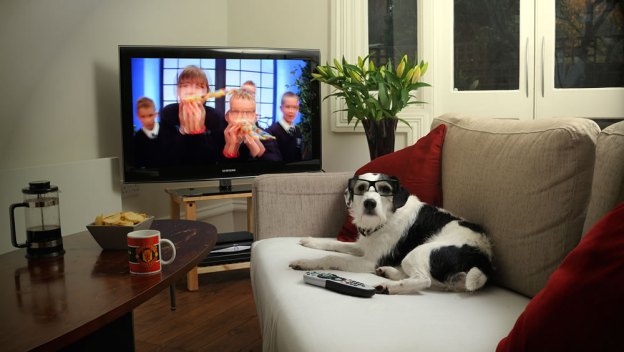
According to new research from Retrevo, approximately 55 percent of people that are planning on purchasing a HDTV during 2012 aren’t interested in paying for a model capable of 3D. Twenty-three percent are interested in buying a 3DTV if the price difference compared to a regular HDTV is small and 22 percent of people planning on purchasing a new HDTV will pay for a 3D model despite the increased cost. Between the months of July 2010 and July 2011, the average premium cost of a 3DTV over a regular HDTV decreased by about $550. While consumers are likely to see even deeper cuts during Black Friday and the shopping season, the premium cost of a 3DTV is still $400 greater than a regular HDTV.

Both Panasonic and Sony have suffered due to the lack of consumer interest for 3D televisions. Panasonic recently reported a 5.4 billion dollar loss attributed partly to the lack of television sales and Sony also suffered a 1.2 billion dollar loss over the last year. The television portion of Sony’s business is bleeding money to the tune of $6 billion over the last seven years and Sony is looking into restructuring that portion of the business. Sony also had to recall 1.6 million Bravia flat-panel TVs earlier this year due to a faulty component that may melt the television.


